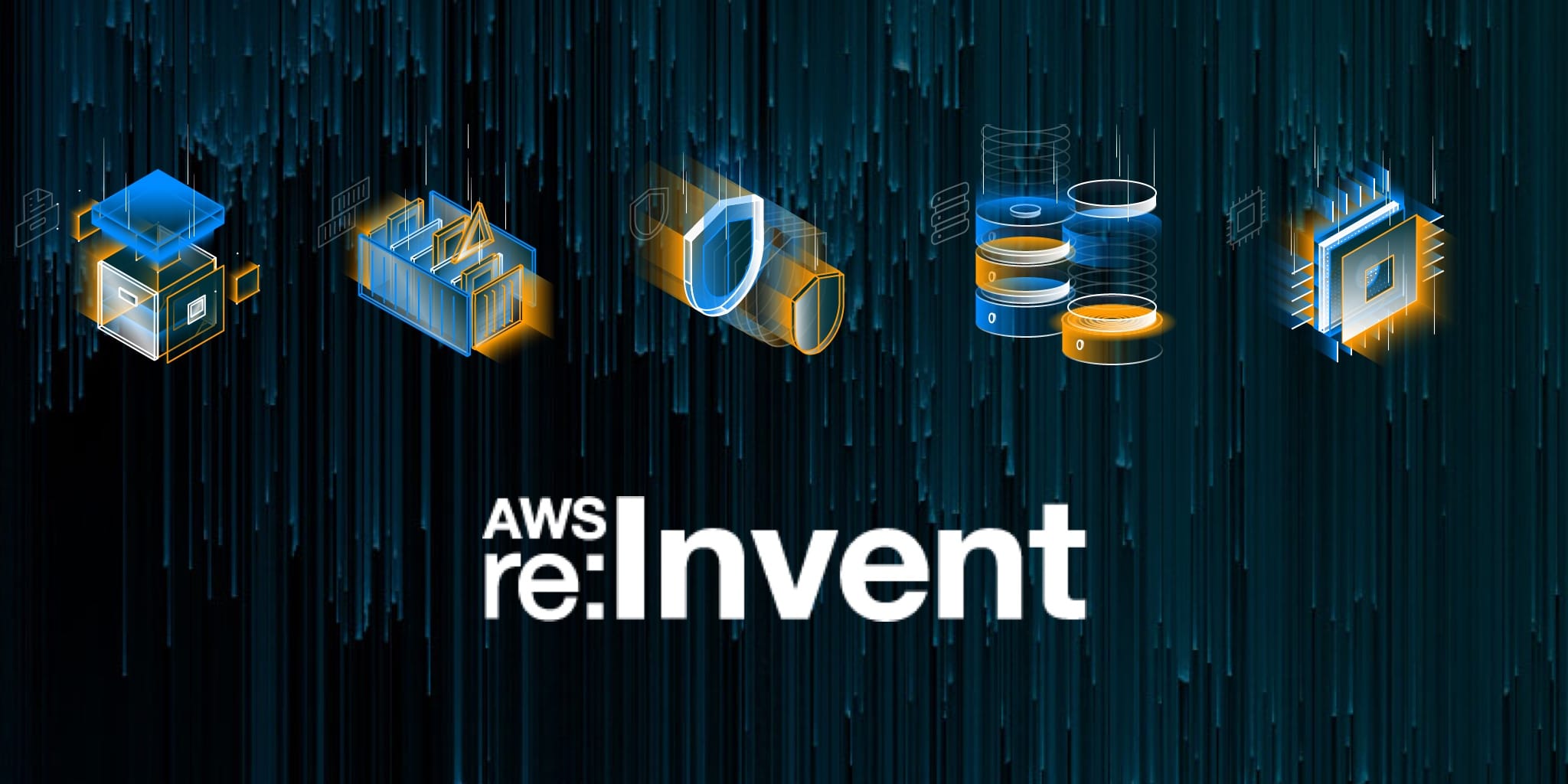
AWS new FinOps tools:
Closing the year, we got good news fresh from the AWS annual conference. Re:invent took place in Las Vegas from Dec.2 -6, where AWS introduces their newest features.
Among the huge list of cloud launches we want to highlight some of their new services related to finops and Cloud Financial Management (CFM). Let us guide you through a selection of ten new releases, we do hope will help accomplish your daily FinOps tasks more effectively.
Following AWS Cloud Financial Management framework, we will group the new features in four groups:
Plan & Evaluate
1) In-console AWS Pricing Calculator: for those of you who want to estimate cost impact of resource changes, such as migrating to a new region, adding or removing resources to existing workloads, you can now log into AWS Pricing Calculator with your account information. This means you can easily pull up your existing usage details, make modifications, and take into consideration of your discounts. You can simulate an entire bill computation by including cost impact analysis to workload and purchase option changes (e.g., Reserved Instances, Savings Plans).
2) Savings Plans Purchase Analyzer: You can now conduct a quick analysis for Savings Plans purchases with your own hourly commitment amount. The same feature also gives you the option to customize lookback period so you are more intentional of what historical data you want the analyzer to use. You can also choose to remove Savings Plans that are expiring in the next 90 days to prepare for renewal ahead of the time. Learn more from this blog post.
Track and Allocate
3) Custom Billing View: You can only develop your cloud consumption strategies, policies, and KPI targets if your teams have the right level of visibility into their cost and usage. Now, you can create a custom view with Cost Allocation Tags and accounts in AWS Cost Explorer that only displays cost and usage information relevant to your stakeholders, such as application owners, business unit leaders.
4) Data Exports for FOCUS 1.0 with AWS Columns (GA): Following FinOps Foundation FOCUS initiative (aiming to normalize cost and usage data across different sources). AWS announced the general availability release of FOCUS 1.0. More details on Focus can be found here.
5)GenAI powered cost analysis in Amazon Q: Now you can ask and get cost analysis questions answered in natural language via Amazon Q, e.g., month over month changes, cost driver, forecasted cost, cost by Cost Categories or Cost Allocation Tag. Each response will include a deep link to Cost Explorer to visualize the analysis.
6)Amazon EKS pod-level cost and usage data with Split Cost Allocation Data: access to granular cost and usage data for shared resources is fundamental for allocating cost at your desired level. You can opt in to receive split cost allocation data for Amazon ECS and Amazon EKS in your Cost and Usage report. You will have EC2 instance cost distributed at ECS task level and EKS pod level. When configuring for EKS, you can choose to have us calculate and allocate EC2 cost based on your resource request, or CPU and memory utilization metrics through Amazon Managed Service for Prometheus, or the newly launched support for Amazon CloudWatch Container Insights.
Optimize and Save
7) Idle resource detection and cleanup recommendation: clean up idle resources can be an easy start in your FinOps initiatives. You can get idle resource detection and clean up recommendations inAWS Compute Optimizer and Cost Optimization Hub for idle Amazon EBS volumes, Amazon ECS tasks running on Fargate, Amazon EC2 instances, Amazon EC2 Auto Scaling groups, and Amazon RDS instances.
8) Amazon Aurora Rightsizing recommendations: if you run your database instances on Amazon Aurora MySQL-compatible and PostgreSQL-compatible engines, you will now see idle instances detection and rightsizing recommendations for you to migrate to graviton, upgrade to latest generation hardware, and improve your overall workload performance.
Govern and Operate
9) Enhanced root cause analysis for Cost Anomaly Detection: The service looks at your net unblended cost and alerts you when the actual spend exceeded the expected daily spend. Now with each anomaly detected, you will receive an analysis with up to 10 potential root causes with approximate dollar impact to your anomaly. You can review the analysis across dimensions of region, service, account, and usage type. More details here.
10) Invoice configuration: this launch is great if you want individual business entities to be responsible for their own spend and payment. It saves you time from manually splitting AWS invoices and separates your invoices at the individual invoice unit level that you configure yourself. Member accounts still receive benefits from the organization, e.g. volume discounts, purchase option benefits. More details here.
Conclusions
This was an overview of all ten features newly added to the AWS Cloud Financial Management portfolio of services announced during Re:Invent 2024.
We hope you enjoy your holiday and start new year with strong cloud saving resolutions. To a more cloud efficient 2025!!
Reach out for help saving on your cloud bills. 😉









